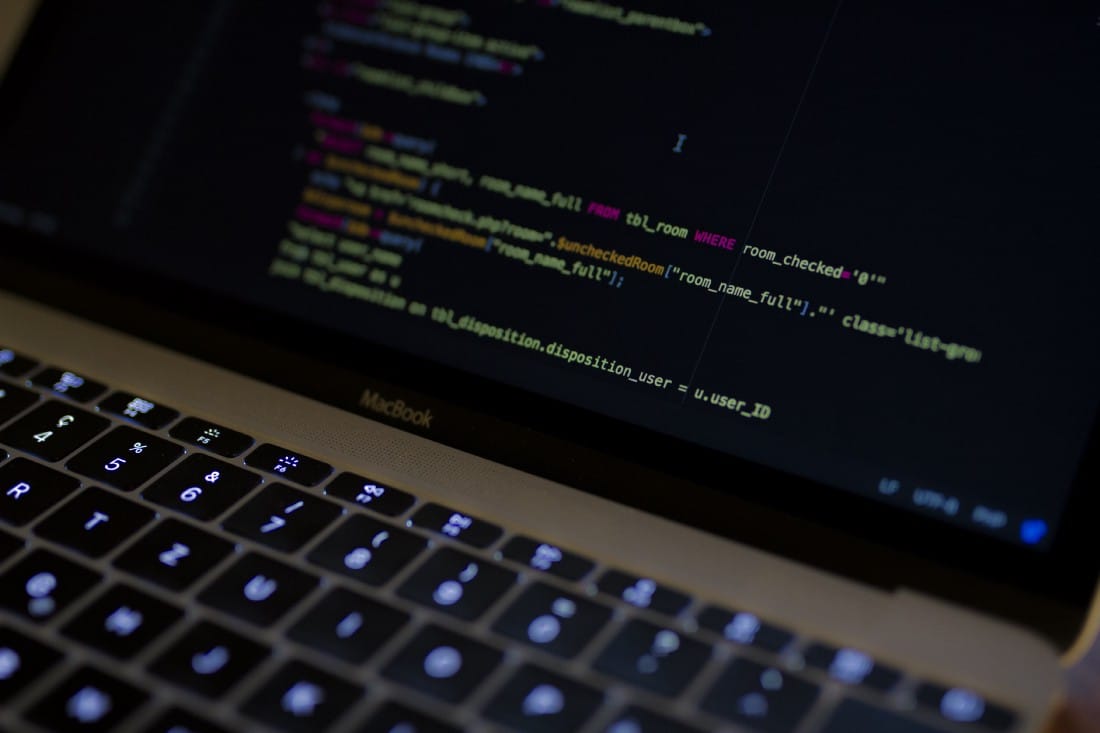Google Data Analytics Professional Certificate: A Review
A Worthy Cert for Aspiring Data Analysts from Non-traditional Backgrounds

(I am not paid to promote this course. This is my personal opinion.)
In Mar 2021, Google launched a Data Analytics Professional Certificate. This came at a perfect time as the supply lag behind the demand for analytics role, creating a shortfall of data analysts in the market.
The demand for data analytics role has skyrocketed in recent years, causing an increase in the number of openings in analytical roles with a lucrative paycheck. In fact, according to Burning Glass, there are 337,400 data analytics job in the US alone, with $67,900 as the average entry-level salary.
At the same time, there are a lot of fresh graduates and professionals from non-traditional backgrounds (like myself!) who want to move into the data space.
Does this sound like you? If so… keep reading.
As a data analyst, I love sharing the knowledge of data analytics with learners from non-traditional backgrounds. Today, I hope to be able to share my thoughts on this class. As a data analyst at a tech company Gojek, I have an understanding of what is needed for a data analyst. Today, I will share what I think of the Google Analytics Certificate as a practitioner.
What is Data Analytics?

At this point, you might be wondering… what is data analytics? According to Google,
Data analytics is the collection, transformation, and organization of data in order to draw conclusions, make predictions, and drive informed decision making.
In short, I help people make decisions using data. This can come in the form of extracting data, visualizing data or even modeling data.
This Google Analytics Course covers the basics of being an analyst, including the tools needed to master the day-to-day of an analyst.
The Tools You Will Learn
This certificate covers the day-to-day tools that you will need as a data analyst. That makes it a very practical class. These tools include
- Spreadsheets like Excel or Google Sheets (absolutely essential!)
- SQL (for data extraction)
- Tableau (for data visualization)
- R, RStudio, R Markdown and the Tidyverse packages (for programming and data wrangling)
The Skills You Will Learn
There are eight classes in this course, including
Learning the Foundations of Data
The course opens with an overview of the data ecosystem, starting with the practices and processes of a junior data analyst in their day-to-day job, the skills needed for the role, and an explanation of the terms and and concepts (like data life cycle) relevant to a data analyst.
Asking Questions to Make Data-Driven Decisions
One of the hardest parts of data science is asking the right questions. This class covers effective questioning techniques that can help provide a framework for analysis with stakeholders.
Preparing Data for Exploration
Data comes in all shapes, forms and types. It is essential for an analyst to be cognizant of the methods used to deal with different data types and formats. This includes the method to access, extract, filter and sort the data within databases.
Processing Data from Dirty to Clean
Data cleaning is an important day-to-day activity of a data analyst. In this section, you will learn to use SQL for data cleaning and to verify the results of cleaning data.
Analyzing Data to Answer Questions
In this section, you will learn to explore and analyze data to answer questions. To that end, data needs to be organized, formatted and processed through calculations. This part of the class uses spreadsheets and SQL for that purpose.
Sharing Data through the Art of Visualization
Storytelling is one of the most difficult but intricate parts of data analytics and science. Visualizations can help data practitioners convey insights to stakeholders through compelling data narratives. This class uses Tableau as the data visualization platform.
Analyzing Data with R Programming
Some level of proficiency in programming is needed to speed up the process of analytics, especially for complicated data science projects. R is an awesome open-sourced language that is well-known to data practitioners. Its tidyverse packages are well-maintained and extremely useful for data wrangling (dplyr, purr, tidyr) and data visualization (ggplot2). Some of you might wonder if you should learn python instead. My take is that it does not matter which one you learn first, since you can do a lot with either.
Completing a Capstone Project
A capstone project is important to get a data science or analytics interview. In this last course of the certificate, you will an opportunity to build your portfolio through case studies, and learn common analytics interview questions.
This class is suitable for you if you…
✅ Have no prior experience or prerequisites
Tired of spending forever on prerequisites before even starting what seemed like a fundamental class? This analytics course does not expect any experience from the learner, so it’s perfect for fresh graduates or anyone who would like to learn analytics.
✅ Want to get noticed by employers.

If you were to complete the Google Data Analytics Certificate, you are on track to getting your foot in the door with a top employer in the Google employer consortium (only available in the US). The companies in this consortium benefit from Google’s pipeline of talent who typically come from non-traditional background. This talent, of course, refers to learners of the courses offered by Google.
Wondering which companies inside the consortium? They are household names like Accenture, Bayer, Best Buy, Deloitte, Verizon, Snap, Walmart — and many more! Read more about the consortium here.
✅ Want to get the learn analytics from start to finish.
One of the pain points of learning analytics is the need to scour the internet for resources. Google solves this problem by providing an all-in-one course for analytics learners. The class content is comprehensive and provides the necessary skills for an analytical position.
✅ Have 10 hours to spare every week
This class boasts a relatively light commitment of 10 hours per week for a learner who is aiming to complete the certificate in less than 6 months.
This class is not suitable for you if you…
❌ Already have background in analytics
You probably only need one certificate to prove that you have studied for analytics. If you have taken a very similar class, like Udacity’s Nanodegree Programme in Analytics, Datacamp’s Data Analyst in Python Track, or any data analytics certification, you shouldn’t need to take this class anymore.
❌ Are a die-hard python fan
Sorry python fans, this class is taught in R. There has been heated debate on whether one should start with R or python. If you are looking for a language that is extremely flexible, then maybe you would like python more. If you are want to learn the best packages for data, then perhaps R is more appropriate. That is my opinion, and that deserves a blog post on its own.
How Much is the Class?
At the time of writing, the class is $39 per month for all eight classes. As such, the faster you complete the class, the better it is.
Coursera also offers Financial Aid for learners who need it. I have personally benefited a lot from financial aid, and I absolutely appreciate it.
Need a preview? Start here.
Self learning data analytics and data science is not easy, but I believe the Google Analytics Certificate makes it just a little easier by compiling high quality resources that you can access at your fingertips. I hope you’ll enjoy the class, and all the best for the course!
Connect with me on LinkedIn.
I post regularly on my blog here and on LinkedIn. Follow me for more content like this.



